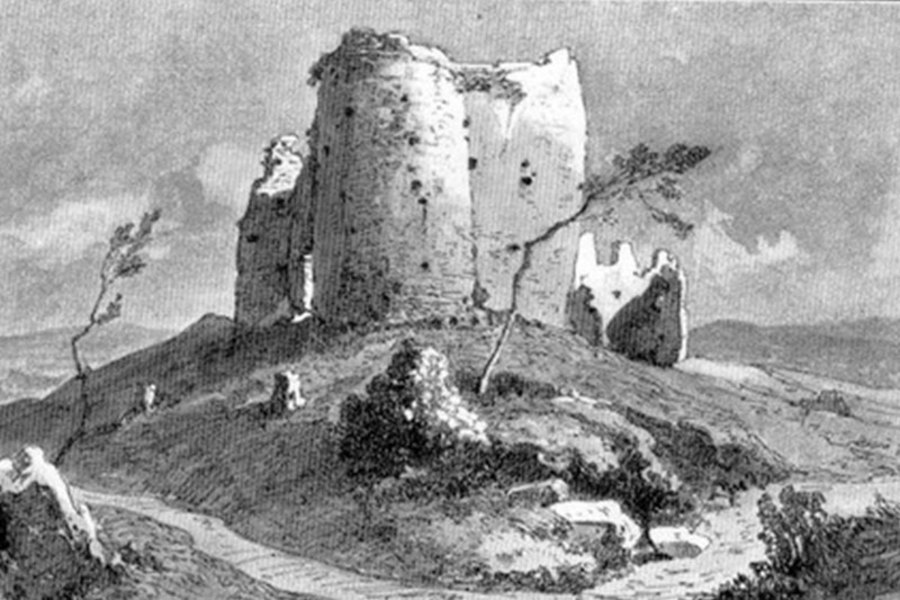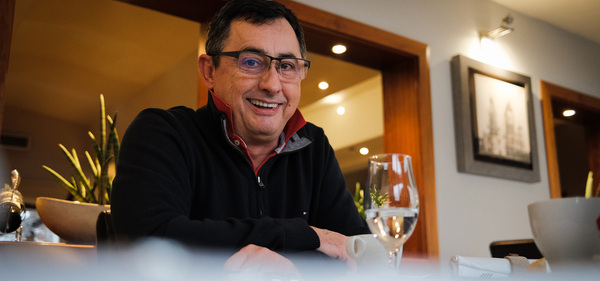
Photo: Feliks Kanic
The missing town of Zrnov - a Mason conspiracy or king Alexander's whim
Avala, the mountain in the edge of Belgrade is the favorite picnicking area for all those who love nature and fresh air. In the top you can see the symbol of our city – a tower over 204.5m long from which you can see a breath-taking view. There a monumental mausoleum monument to the Unknown Hero with a pyramid-shaped mausoleum as its central port has been standing in respect for the fallen fighters of WWI since 1938.
What the naked eye might miss is the centuries-old mystery that envelops this mountain. The secret is called Zrnov, the medieval city which was – by a sudden decision of king Aleksandar Karadjordjevic – blown up and torn down to the ground in 1934.
The real reason why Zrnov was destroyed might never be known, but it is said that the unfathomable plans of the super-secret society of Masons are behind it.
The King’s word is law
The post-war Belgrade district first thought it was all a joke or a rumor. “Would the king really destroy Zrnov, a historical monument? Come on? Why would he? On a whim?” people spoke in taverns.
Still the public quickly realized that it was no joke. There were appeals and supplications, but it was all very quickly and efficiently smothered and covered up.
After two days of relentless dynamite blasts on 19th of April 1934 Zrnov was eradicated. The king himself posed for a victorious picture on its desolate ruins and any remaining materials were quickly brought to the nearby village of Beli Potok.
That’s how the king’s wish was fulfilled and instead of Zrnov there was a monument to the Unknown Hero made after the designs of famous Ivan Mestrovic.
Why? No clear answer
There are historical sources which claim that the king didn’t know that Zrnov was constructed by Serbs, but thought that the Turks did it, which is why he had no restraint when tearing it down. Namely, the Ottomans used Zrnov as an outpost for constant attacks on Belgrade which they couldn’t conquer. This was why Zrnov was also known as “Havala” which means “interference” and eventually the entire mountain became known by that name (Avala). One thing was for sure - Havala was an interference for both the Turks and the king.
Others feel that he did so in order to destroy Serbian history while others yet feel that it’s all about the king’s obsession with Yugoslavianism which was symbolized in the images woven into the constructed monument – stone sculptures of women in national garbs of six banorns of the kingdom of Yugoslavia. Still, conspiracy theorists feel that the Masons are behind everything (seeing how allegedly both the king and the author belonged to this organization) with their mysterious occult ceremonies.
The claims about the curse of Zrnov were additionally stoked by the fact that only several months after Zrnov was destroyed king Alexander was killed in Marcel. This is how the idea-bearer of Zrnov’s destruction didn’t get to see the completed building that’s abundant with Mason symbols. This complex was opened on Vidovdan 1934, by the knight-king Aleksandar I Karadjordjevic by holding a silver hammer, one of the main Mason symbols.
What’s also interesting is that Zrnov faced possible destruction once before in 1515 when the Hungarian army opened artillery fire on it. However, it all ended with the unexpected complete defeat for the Hungarians and the full loss of their heavy artillery.
Was it the curse of Zrnov that destroyed all those who sought to destroy it or something else? Nobody knows.
The entire story is made more mysterious by bioenergetitians and UFO-logists. Those who chase flying saucers claim that the top of Avala is the place where “little green men” and their ships can often be spotted.
Either way, it will forever remain a mystery what was under the foundations of Zrnov and why the king did what he did.
In the abyss of time
The history of Zrnov is full of stories which, thanks to its destruction are more and more forgotten every passing day. On that spot there were discoveries of Celtic culture and Romans who used it for access control and as an outpost to protect their mines in Avala. In the middle ages Serbs constructed a fort there and in 1442 Turks conquered it.




 3 ℃
3 ℃




